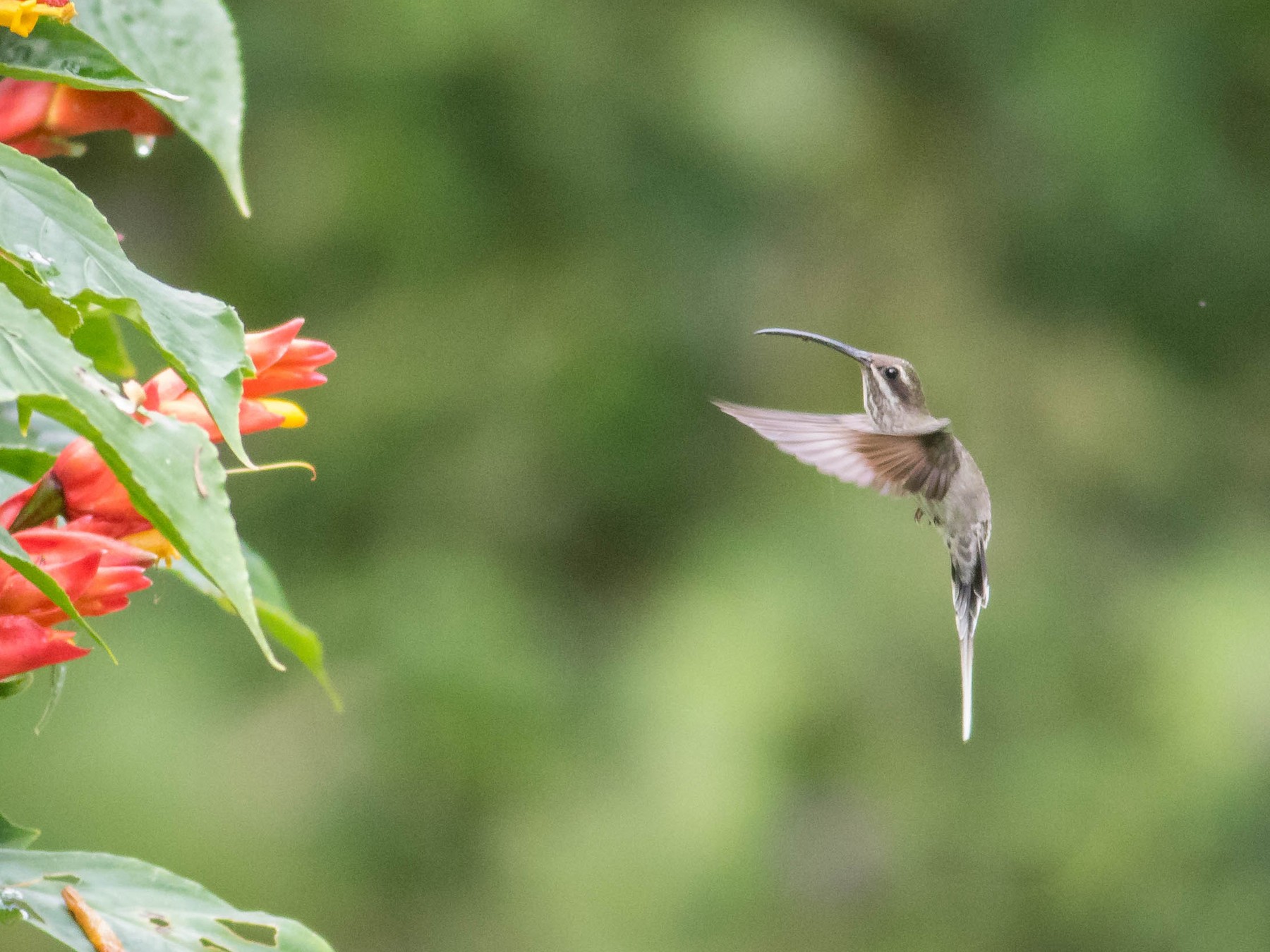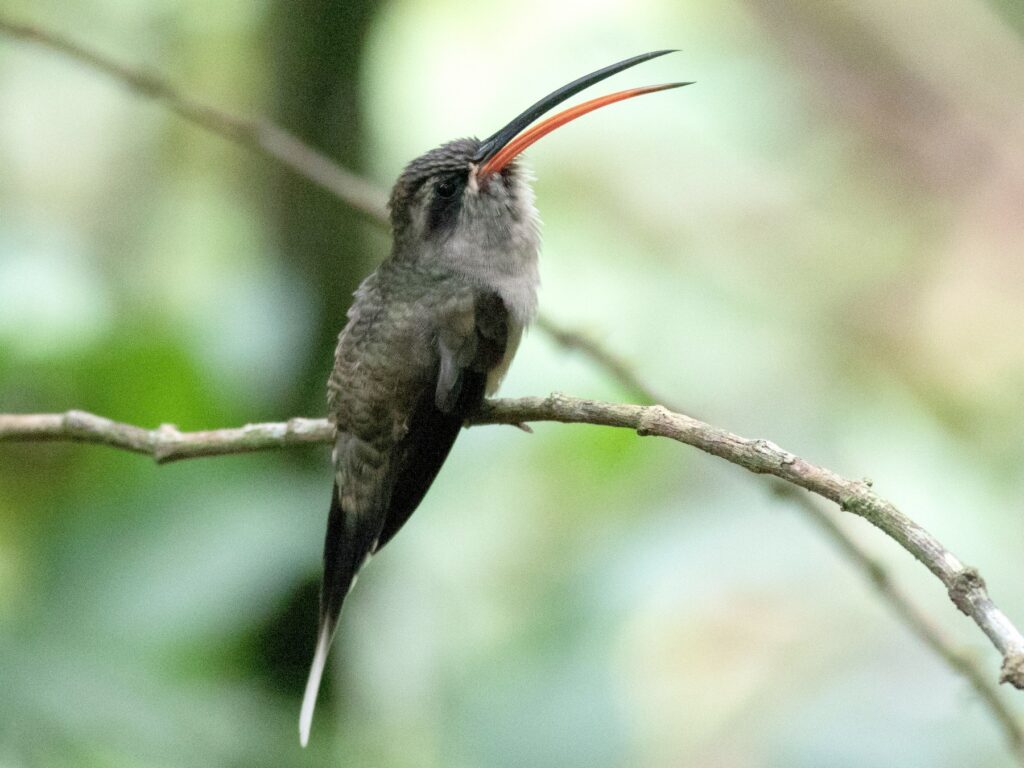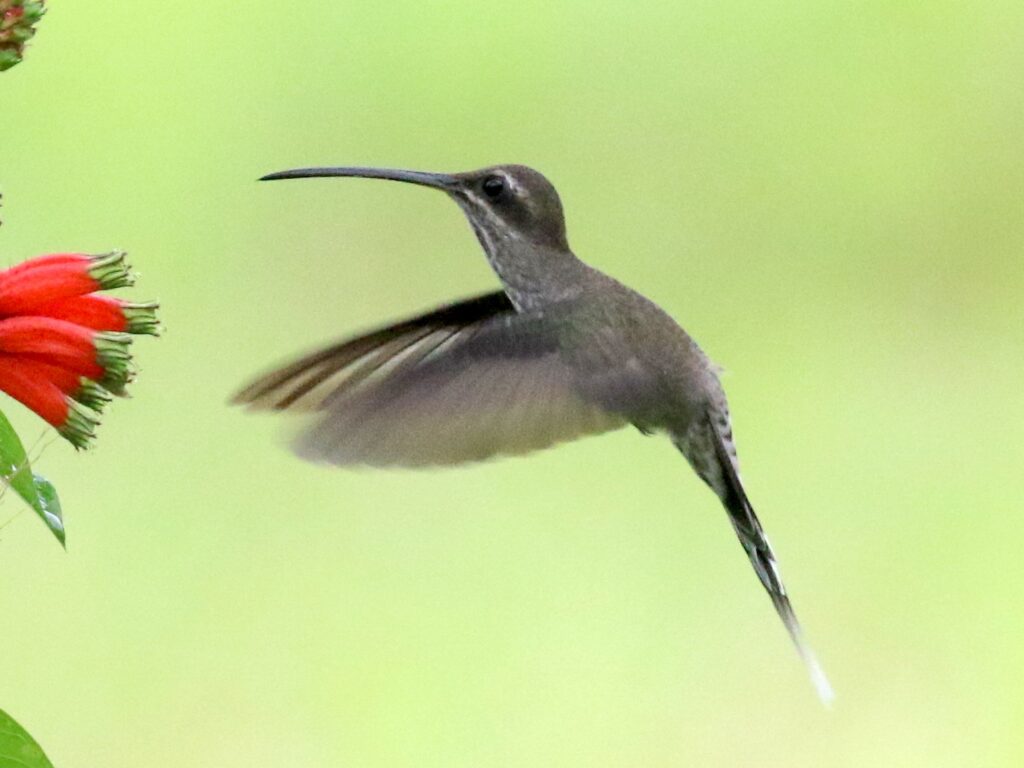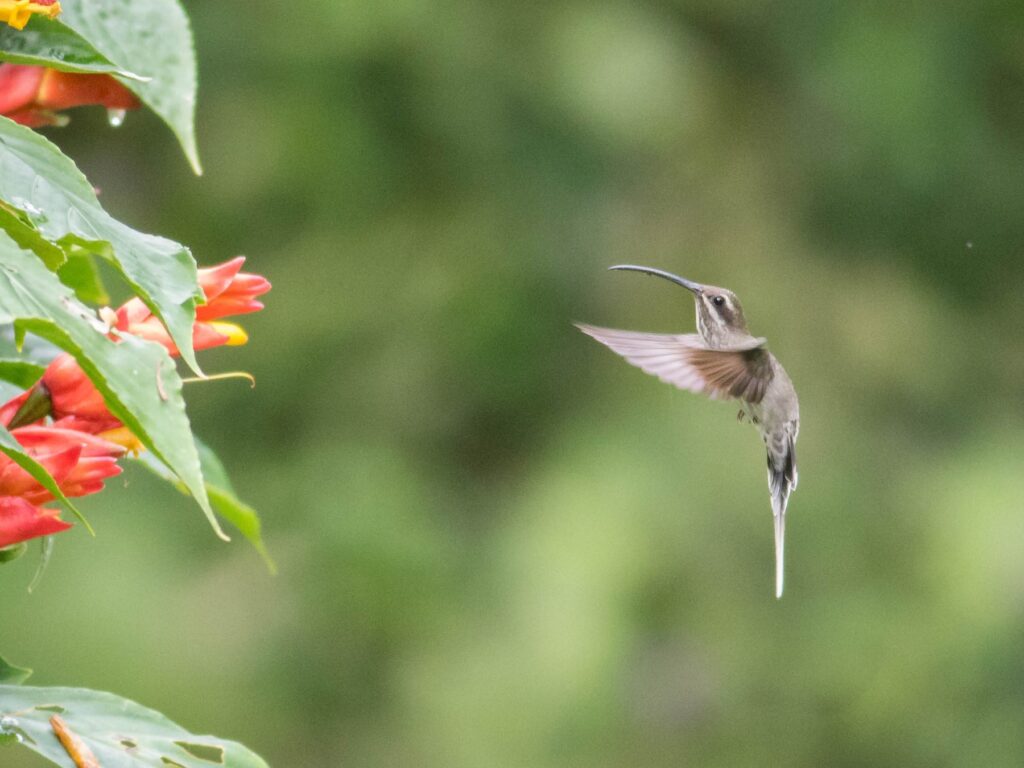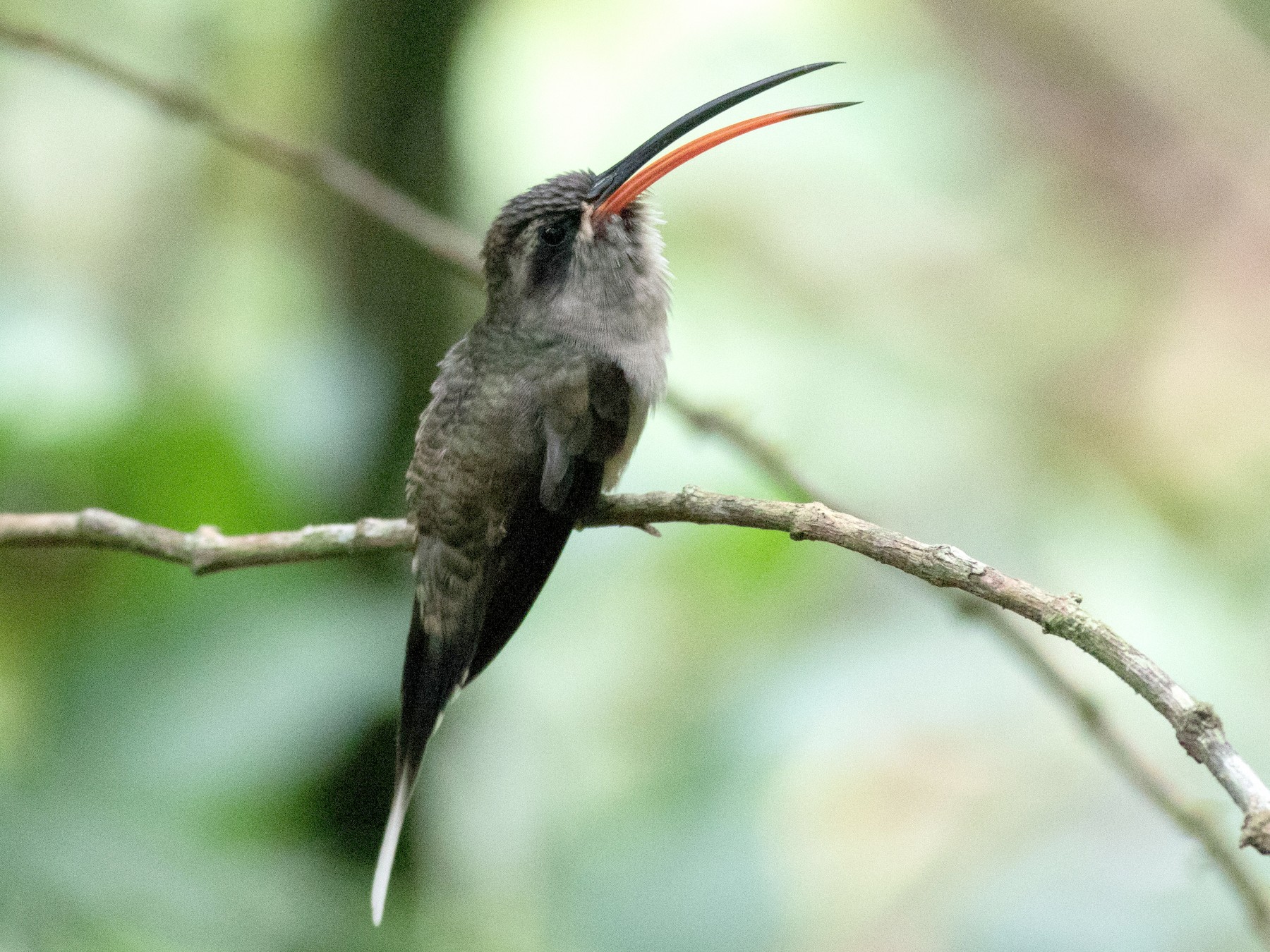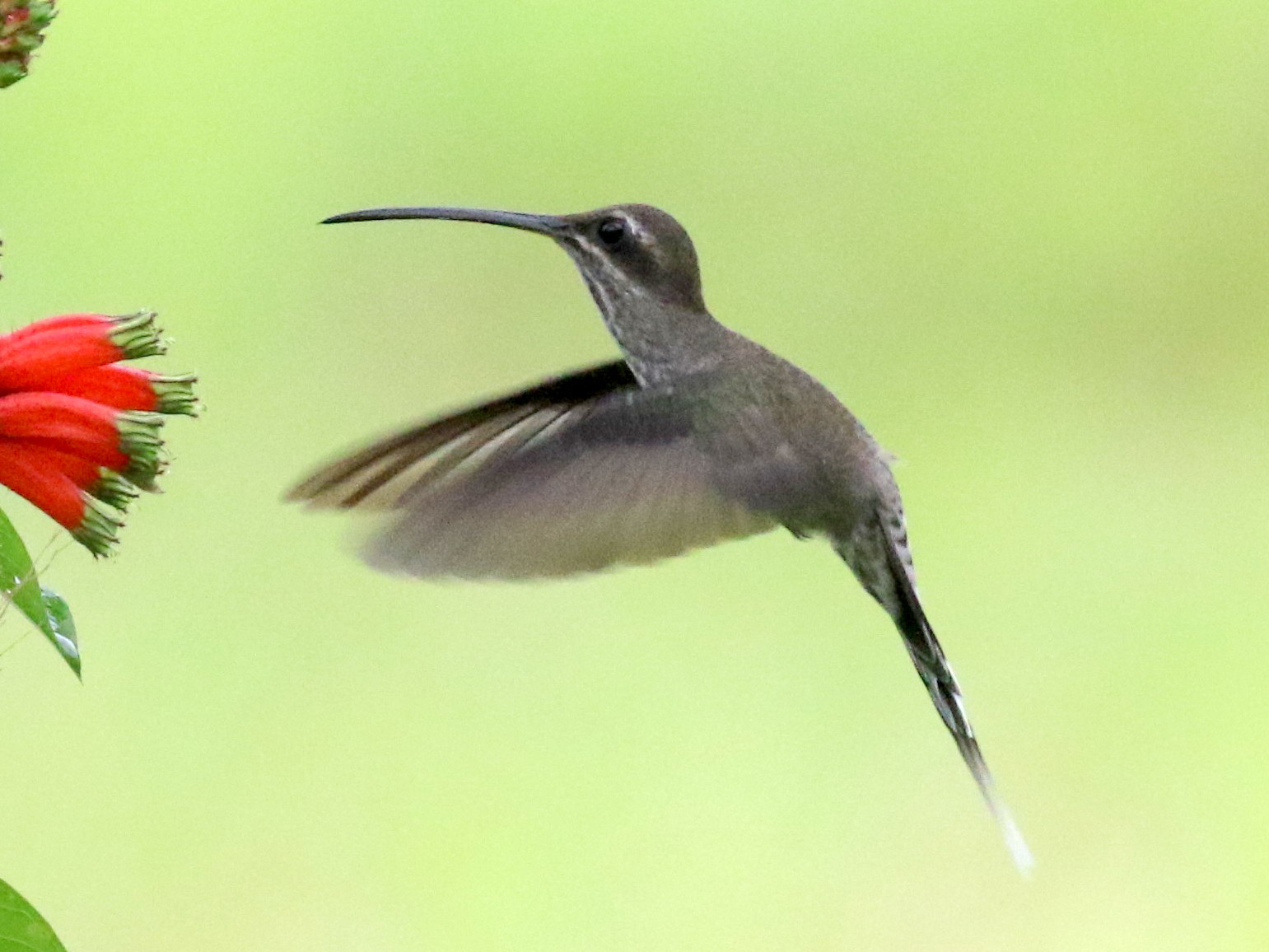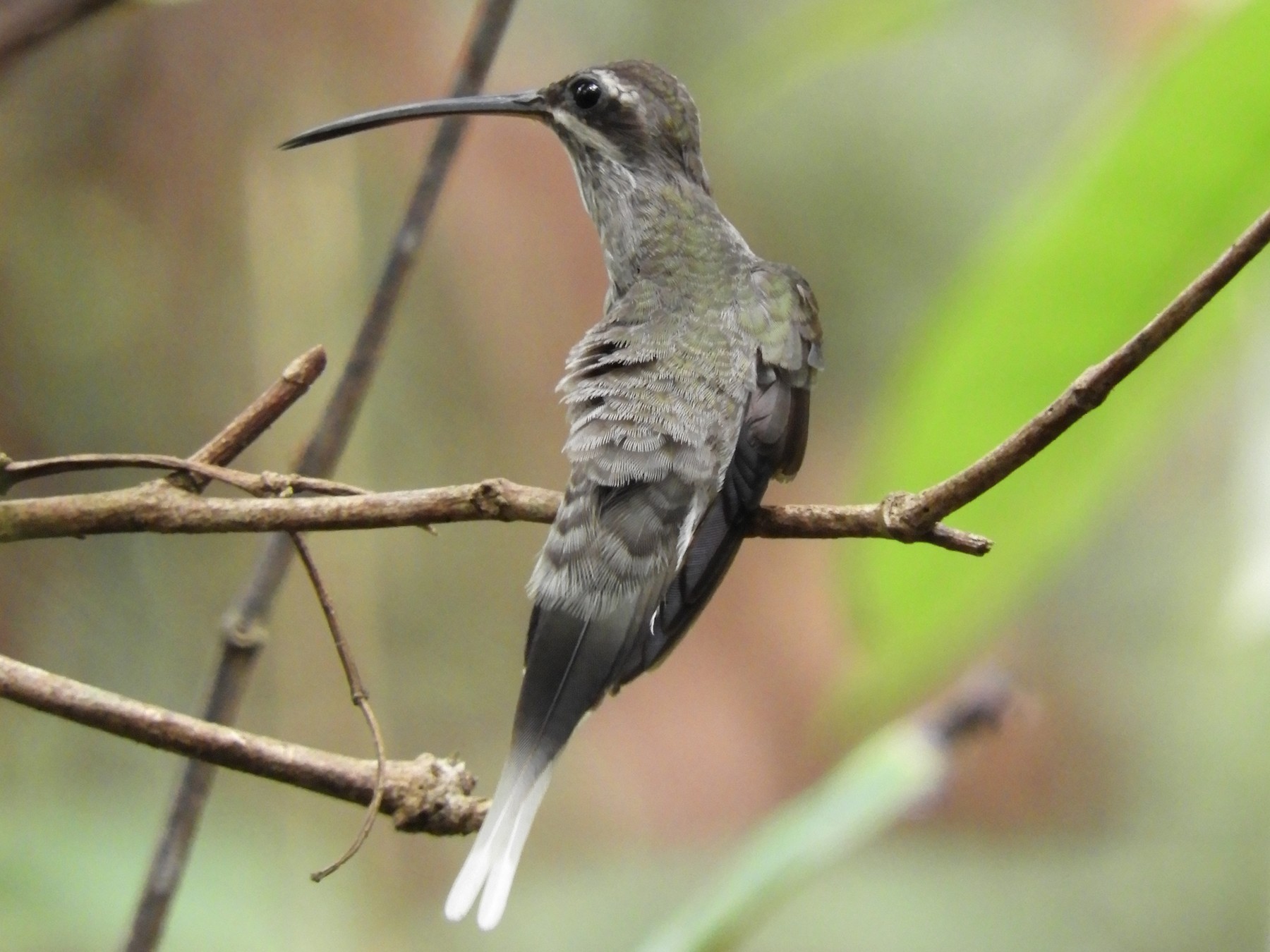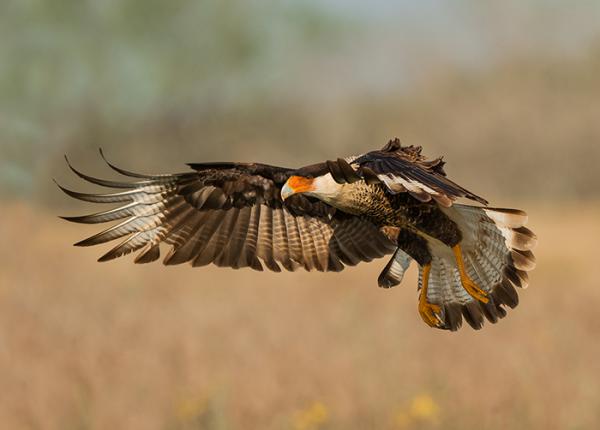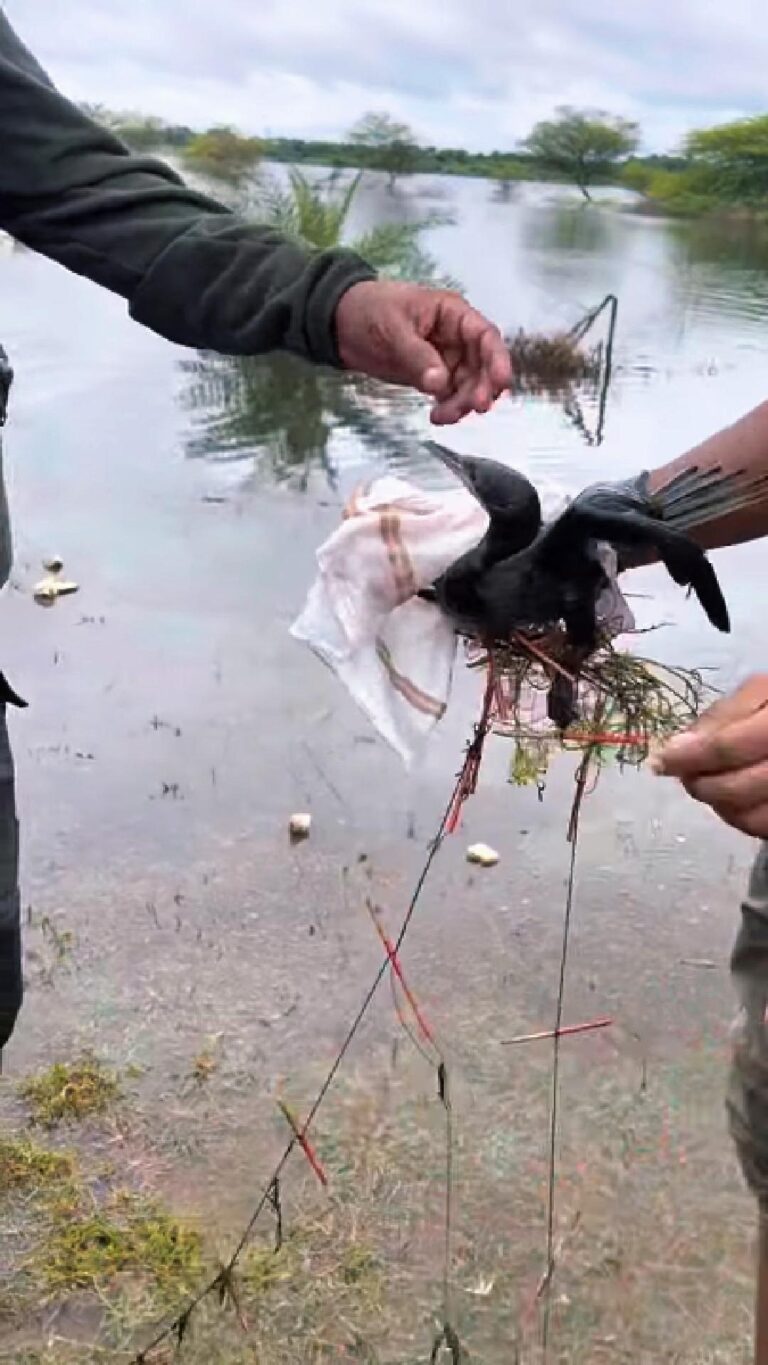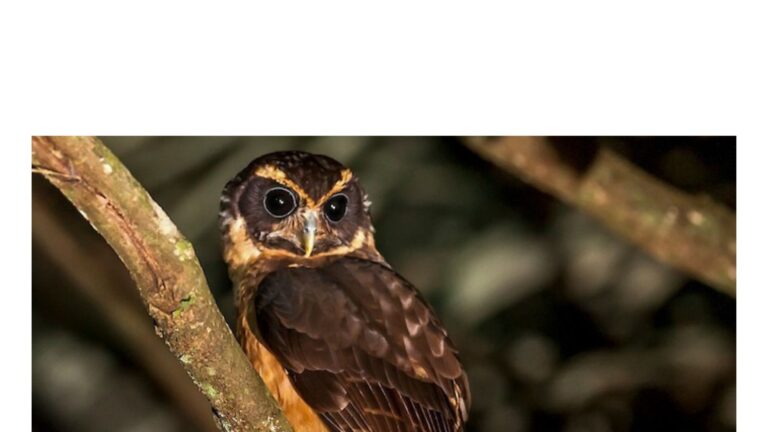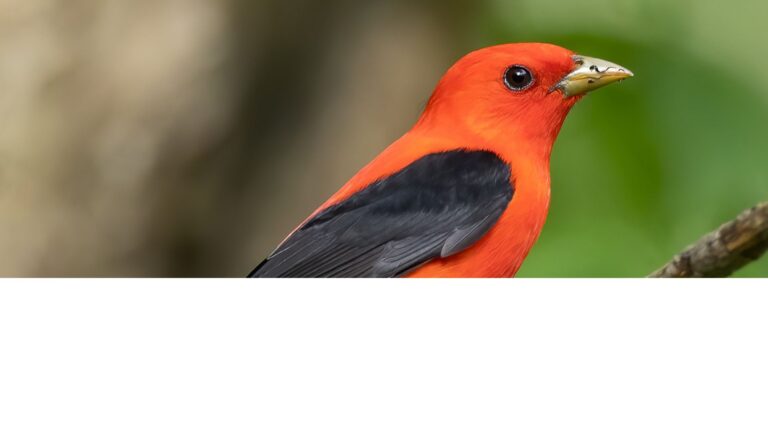Pale-tailed Barbthroat: Discovering the Enigmatic Hummingbird of the Amazon
The Pale-tailed Barbthroat is a fascinating hummingbird species known for its striking appearance and unique behaviors. Native to parts of South America, particularly in lowland rainforests, this bird thrives in lush habitats where flowers are abundant. Birdwatchers and nature enthusiasts are drawn to its vibrant colors and the elusive qualities that make spotting it quite a rewarding experience.
Threnetes leucurus, commonly referred to as the Pale-tailed Barbthroat, is not just another hummingbird. It plays an essential role in its ecosystem by assisting in pollination as it flits from flower to flower. Its distinctive features and behaviors offer insights into the diverse lives of hummingbirds, and understanding its habitat helps emphasize the importance of conservation efforts in protecting these amazing creatures.
As interest in this species grows, it becomes crucial to learn about its classification, ecological role, and the threats it faces. By educating readers on the Pale-tailed Barbthroat, they can better appreciate the beauty and fragility of nature.
Key Takeaways
- The Pale-tailed Barbthroat thrives in South American rainforests.
- It plays a key role in pollination and maintaining ecological health.
- Conservation efforts are vital for protecting this unique bird species.
Taxonomy and Classification
The Pale-tailed Barbthroat is classified within the family Trochilidae, known commonly as hummingbirds. Its scientific name is Threnetes leucurus. This species exhibits both distinct species traits and variations among subspecies.
Species Overview
Threnetes leucurus is recognized for its unique characteristics, which include its coloration and specific behaviors and vocalizations. This bird predominantly inhabits regions in South America. Its range extends across several countries, where it prefers humid forests and woodlands.
The Pale-tailed Barbthroat displays a distinctive pale tail, which serves as an identifying feature. Key attributes include its sleek body and vibrant plumage, which can vary based on its environment. Understanding its classification is crucial for conservation efforts.
Subspecies Variation
The Pale-tailed Barbthroat comprises several subspecies, each adapted to different environments. Notable subspecies include Cervinicauda, Rufigastra, and Medianus.
- Cervinicauda is found in northern regions, displaying slightly darker plumage.
- Rufigastra is notable for its vivid colors, thriving in drier habitats.
- Medianus typically resides in mid-elevation areas with unique foliage.
These subspecies highlight the adaptability of Threnetes leucurus, showcasing its evolutionary response to various ecological niches. Each variation illustrates the importance of preserving diverse habitats to support their survival.
Distribution and Habitat
The Pale-tailed Barbthroat is a bird found in specific regions of South America. Its distribution covers several countries within the Amazon basin, with particular habitat preferences that support its lifestyle.
Geographical Range
The Pale-tailed Barbthroat is primarily located in Amazonian Brazil, but its range extends into several neighboring countries. Key locations include parts of Peru, Colombia, Bolivia, and Venezuela. The bird has also been observed in Suriname, Ecuador, and French Guiana.
Its presence is noted in lowland tropical forests and areas with dense undergrowth. These regions provide essential resources for feeding and nesting. The Pale-tailed Barbthroat typically thrives at elevations below 1,200 meters.
Habitat Preferences
This species prefers habitats that offer plenty of flowering plants and shrubs. It is commonly found in secondary forests, edges of primary forests, and areas undergoing natural regeneration.
The availability of nectar-rich flowers is crucial for its diet, as this bird feeds primarily on nectar. The dense vegetation also provides cover from predators and shelter for nesting.
In addition to its preference for flowering plants, the Pale-tailed Barbthroat requires access to open areas for foraging. Such environments support its feeding habits, making it well-suited to survive and thrive in its chosen habitats.
Behavior and Ecology
The Pale-tailed Barbthroat exhibits distinct behaviors and ecological patterns that are crucial for its survival. This section delves into its feeding habits and breeding patterns, which reflect its adaptations to the environment.
Feeding Habits
The Pale-tailed Barbthroat primarily feeds on nectar from various flowering plants. It plays a significant role as a pollinator, visiting blooms for sustenance.
- Flower Preferences: It favors tubular flowers, which are easier to access for its elongated bill.
- Foraging Behavior: The bird uses a unique technique to hover and extract nectar. It may also consume small insects, adding protein to its diet.
The Barbthroat tends to be territorial, often defending its feeding areas from other hummingbirds. It is known for its rapid flight and agility when navigating through dense vegetation.
Breeding Patterns
Breeding typically occurs during the wetter season. The Pale-tailed Barbthroat constructs small, cup-shaped nests primarily made of plant fibers and spider silk.
- Nesting Sites: Nests are often located in shrubs or trees, providing protection from predators.
- Eggs: The female lays two eggs, which she incubates for about two weeks.
After hatching, the young are dependent on the mother for food. She diligently feeds them nectar and small insects until they are ready to fledge. This breeding strategy helps ensure the survival of the species, allowing it to thrive in its natural habitat.
Conservation Status
The conservation status of the Pale-tailed Barbthroat is crucial due to its vulnerability to habitat loss and other environmental factors. Understanding the current threats and the efforts being made to protect this species is essential for its survival.
Threats
The primary threat to the Pale-tailed Barbthroat comes from habitat destruction. Deforestation in the Amazon basin leads to significant loss of its natural habitat. This bird relies on specific environments for feeding and nesting, making it highly sensitive to changes.
Additionally, climate change poses a risk by altering rainfall patterns and temperature, which can impact food availability. The increasing use of pesticides also affects their food sources, further threatening the population.
According to the IUCN, the Pale-tailed Barbthroat is classified with a concern for its status, highlighting the urgency for conservation actions.
Conservation Efforts
Efforts to conserve the Pale-tailed Barbthroat involve habitat protection and restoration. Initiatives focus on creating protected areas to secure its breeding and feeding grounds. Collaboration with local communities, such as the Shuar Indians in Ecuador, is vital for establishing conservation agreements.
Organizations are also engaging in reforestation projects to enhance habitats. Education and awareness campaigns help to inform the public about the importance of preserving this species.
Monitoring programs are essential for tracking population trends and understanding the effectiveness of conservation strategies. Such measures aim to ensure that the Pale-tailed Barbthroat remains a vital part of the Amazon’s rich biodiversity.
Physical Characteristics
The Pale-tailed Barbthroat, also known scientifically as Trochilus leucurus, exhibits distinct features that are critical for identification and understanding of the species. This section covers its morphology and plumage in detail.
Morphology
The Pale-tailed Barbthroat is a medium-sized hummingbird. It typically measures about 9 to 11 cm in length.
- Bill: It has a straight, slender bill that is around 2.5 cm long. This bill is well-adapted for feeding on nectar from flowers.
- Body: The bird’s body is compact with a slightly curved tail, which aids in its agility during flight.
Its typical weight ranges from 4 to 5 grams. The size and shape contribute to its ability to navigate through dense vegetation in its Amazonian habitat.
Plumage
The plumage of the Pale-tailed Barbthroat is eye-catching and serves as a way to differentiate it from other species.
- Dorsal Side: The upperparts are mostly green, with a slight bronze tint, providing camouflage among foliage.
- Ventral Side: Its underparts are white, which gives it its name. The contrast between the green and white enhances its visual appeal.
Additionally, male birds often display a more vibrant plumage compared to females, which helps in mating displays. The tail feathers are typically pale at the base, adding to their distinctive appearance.
Frequently Asked Questions
The Pale-tailed Barbthroat is a fascinating hummingbird with unique characteristics and specific needs. Below are common questions that help illuminate various aspects of this bird’s life.
What is the typical habitat of the Pale-tailed Barbthroat?
The Pale-tailed Barbthroat primarily inhabits lowland rainforests. It prefers areas with abundant flowering plants, often found at various elevations. These birds are commonly seen near water sources and in regions with dense vegetation.
How does the Pale-tailed Barbthroat differ from similar hummingbird species?
The Pale-tailed Barbthroat can be distinguished by its striking coloration and specific markings. Its tail feathers are narrower and more pointed compared to similar species. These features help it adapt to its environment and identify its mates.
What is the diet of the Pale-tailed Barbthroat?
The diet of the Pale-tailed Barbthroat consists mainly of nectar from various flowers. They also consume small insects and spiders for protein. This balanced diet supports their energy demands for active flying.
Can you describe the mating behavior of the Pale-tailed Barbthroat?
Mating behavior includes elaborate courtship displays by the male. He performs aerial dives and produces specific calls to attract females. Nesting typically occurs in concealed areas to protect the young.
What are the conservation status and threats facing the Pale-tailed Barbthroat?
The conservation status of the Pale-tailed Barbthroat varies by region, but habitat loss is a major threat. Deforestation and environmental changes impact their populations. Conservation efforts are critical to maintaining healthy habitats.
How do the vocalizations of the Pale-tailed Barbthroat vary?
Vocalizations of the Pale-tailed Barbthroat include a range of chirps and whistles. These sounds are used for communication during mating and territorial displays. The variations can indicate different moods or intentions in social interactions.
